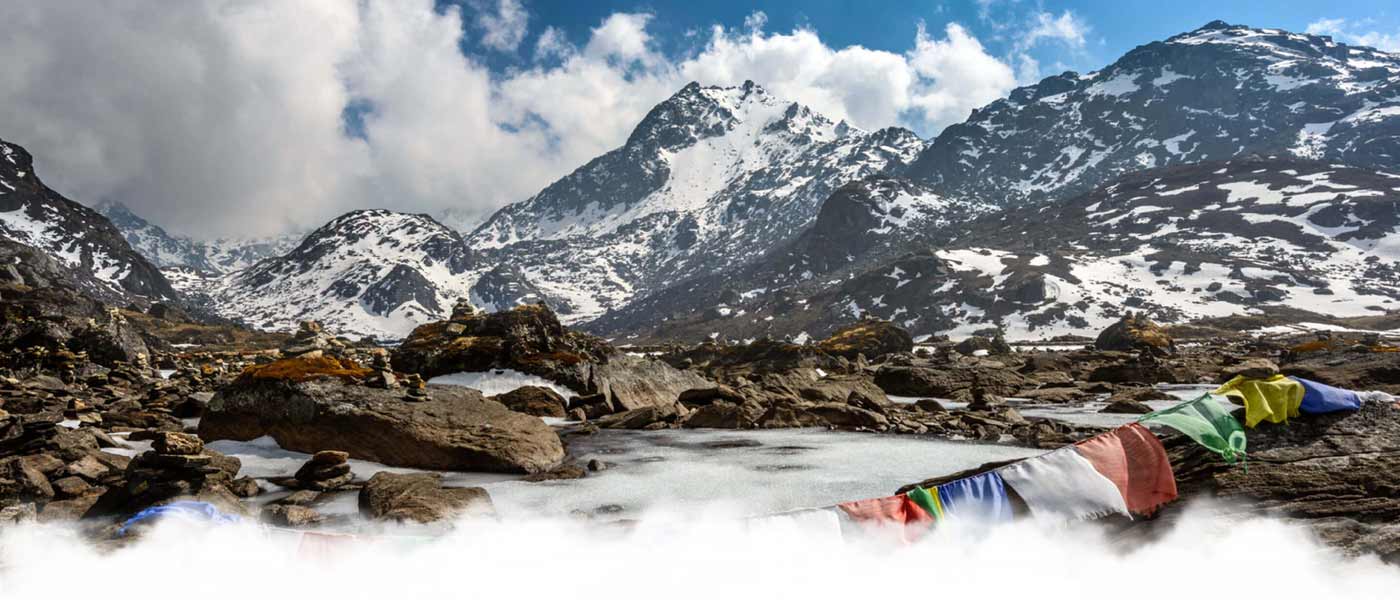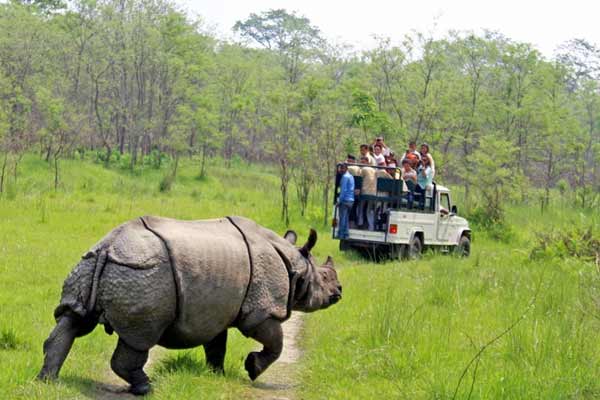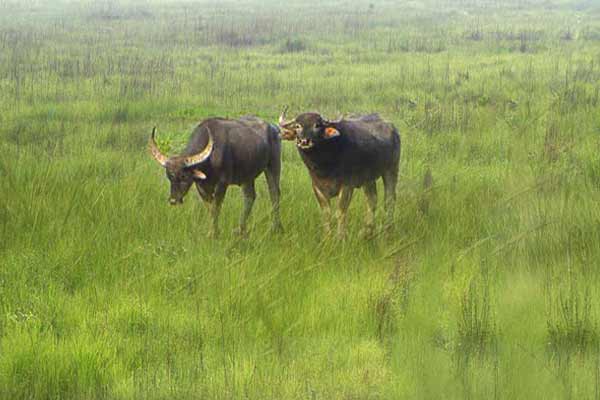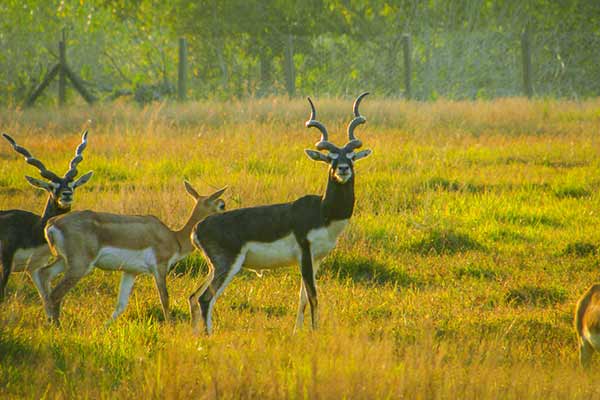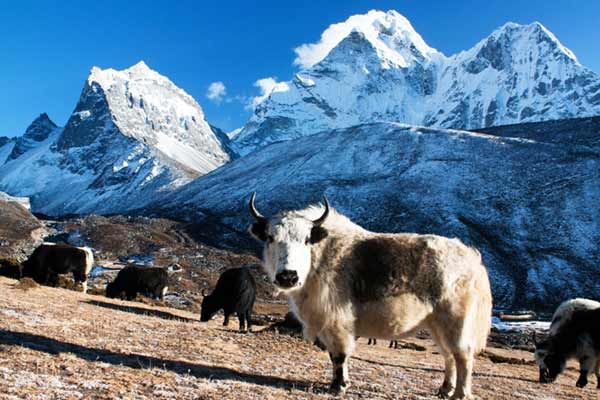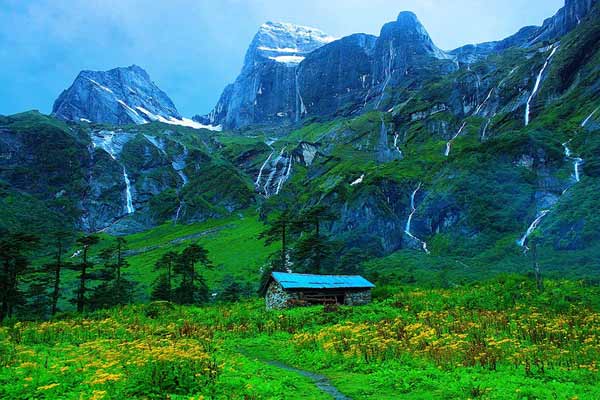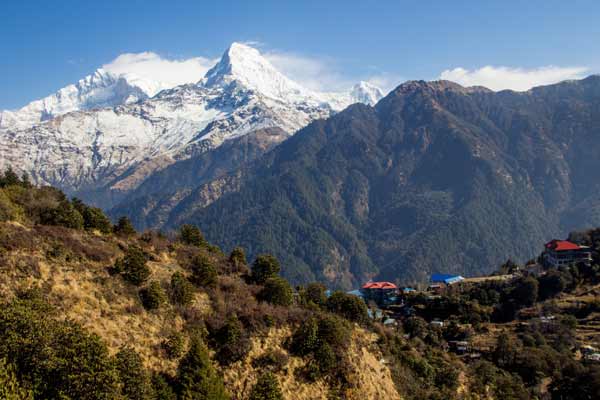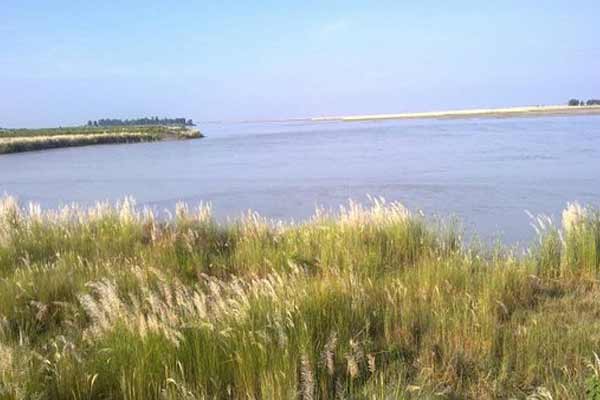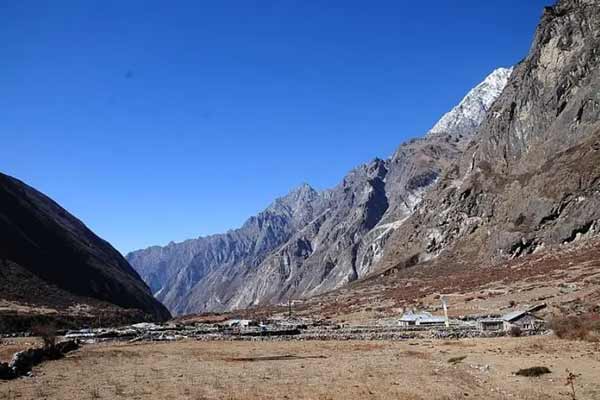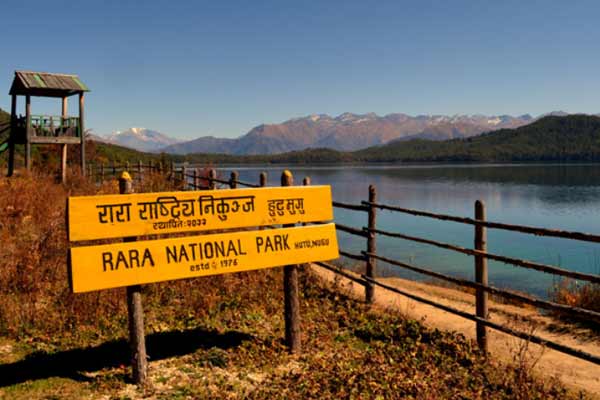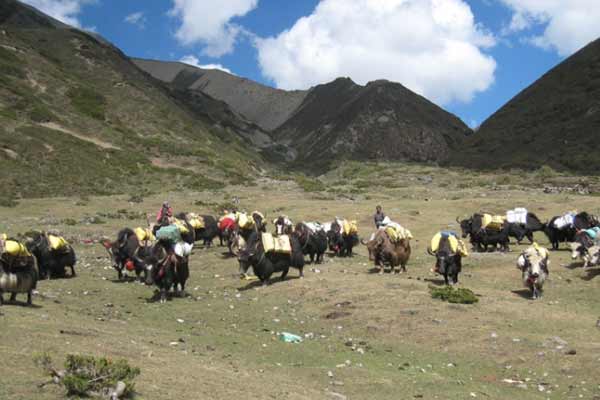
Parsa Wildlife Reserve, Nepal
Parsa Wildlife Reserve is situated in the lowland Terai of Nepal adjoining Chitwan National Park in the west. The 499 sq. km of pristine sub-tropical jungle makes Parsa Nepal’s largest wildlife reserve. This area once served as a vacation site for the Rana Rulers of the country. In 1984, it was gazette as a wildlife reserve to preserve the habitat for wild Asian elephant, and a variety of other fauna- It is contiguous with Chitwan National Park in the west.
The reserve has a sub-tropical monsoon climate. The dominant landscape of the reserve is the Churiya hills ranging from 750m to 950m, east to west. In the Churiya hills, chir pine grows along the rivers and streams. Sabai grass, a commercially important species, grows well along the southern face of the Churiya hills. The forests of the reserve consist of tropical and subtropical vegetation with sal trees comprising 90% of it. Other trees found are khair, sissoo and the silk cotton tree.
The reserve supports a good population of the wild elephant, tiger, leopard, sloth bear, gaur, blue bull and wild dog. Other common animals are sambar deer, chital deer, hog deer, barking deer, langur monkey, striped hyena, ratel, palm civet and jungle cat. Many species of snakes are found in the reserve due to its tropical climate. The species include king cobra, common cobra, krait, rat snake and the python. There are about 300 species of birds found in the reserve. Some of the common ones include giant hornbill, peafowl, red jungle fowl, flycatchers and woodpeckers.
Flora and Fauna:
The forests are mainly composed of tropical and subtropical species. Sal forests compose about 90 percent of the reserve's vegetation. Along the banks of the rivers, riverine forests are found containing species like Khair and Silk cotton tree. In the north-eastern part of the reserve, at higher altitudes, Sal and Pine forests are occurring. On the southern slope of the Siwalik hills, the forests are dominated by pine. Sabai grass is commercially important species, grows well on the southern face of the Churia hills.
The reserve supports good populations of various endangered species include wild Asian elephant, Royal Bengal tiger, Sloth bear, and Leopard. Blue bull, Sambar, Chital, Hog deer, Barding deer, Langur, Rhesus macaques, striped hyena, Jungle cat, and Palm civet are also found in the reserve.
The reserve also provides habitat for more than 500 species of birds. For example White breasted kingfisher, Paradise flycatcher, large racquet-tailed drongo, Golden backed woodpecker, etc are some of the common sights. Giant hornbill, one of the endangered bird species is found in some forest patches. The reserve is also famous for reptiles and different kinds of snakes include common Cobra, Common and banded Karit, Python and King cobra.
Wildlife Sanctuaries Nepal
Wildlife Sanctuaries in Nepal If your current vacation were to the hill stations, beaches or historic places, then sticking around the “Nepal Wildlife Sanctuary” will be an extremely crazy experience for you. Yeah you heard right, Nepal nestled in the middle of high mountain ranges and infinite grassland has rich fauna and flora. According to conservative evaluation, it has nearly 100 varied species of animals and around 750 types of aerial species in entirety. So without ado, book the accommodation/safari, pack your comfortable attires, binoculars, sun protection gear, camera and get ready to explore the wilderness which is full of plant and animal life. Here are the top 10 Wildlife Sanctuaries of Nepal.
 +91 9799050299
+91 9799050299 